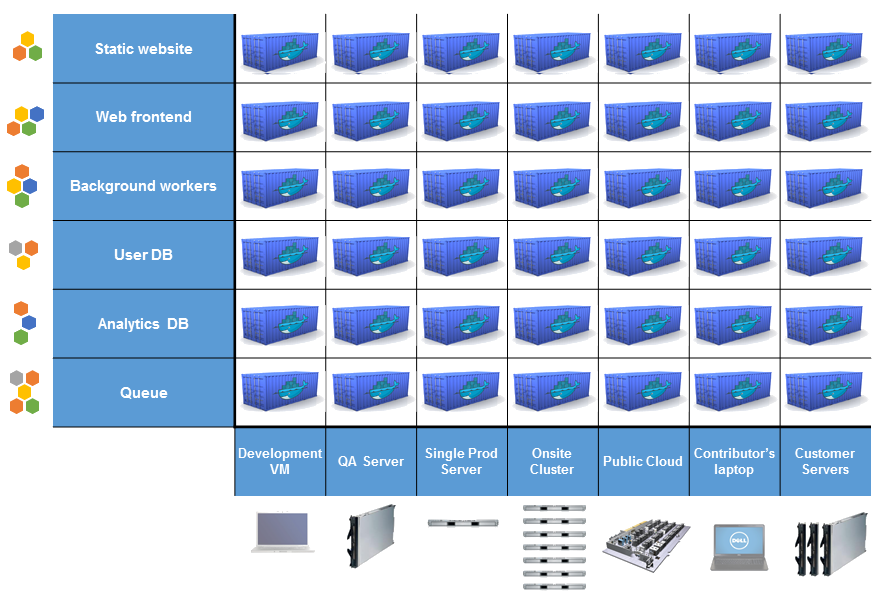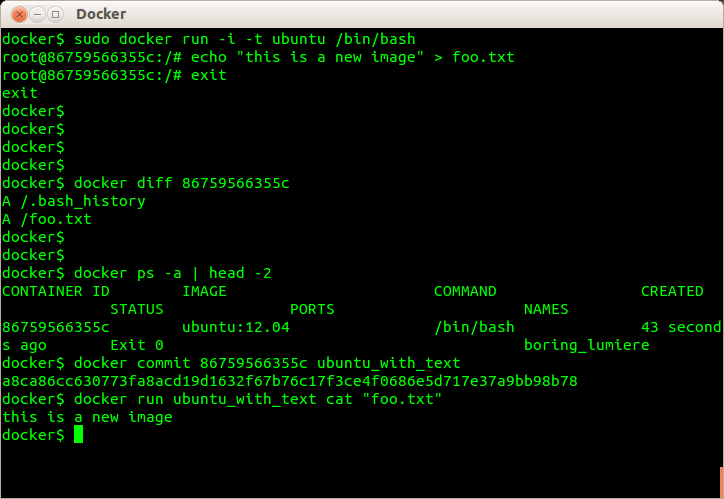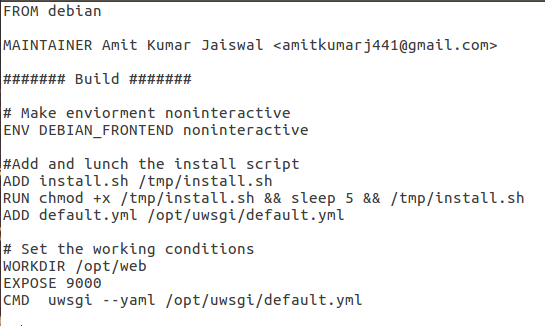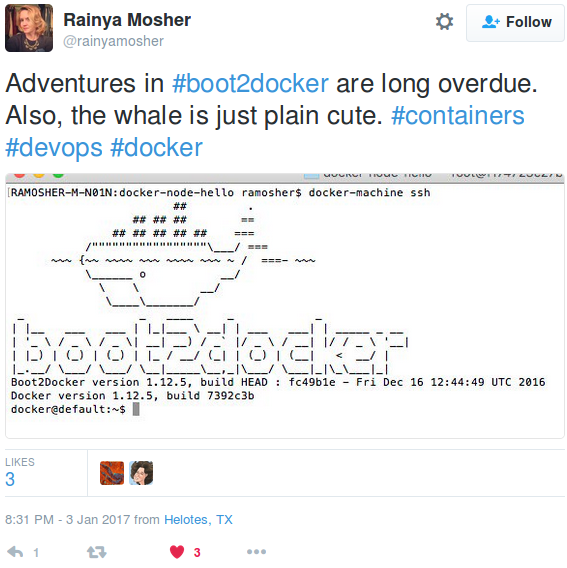Diving into docker
WikiToLearn India Conference 2017
Amit Kumar Jaiswal
amitkumarj441@gmail.com
@amitkumarj441 {github}
@AMIT_GKP {twitter}
@AMIT_GKP {twitter}
THE HYPE

DOCKER JOURNEY FROM MARCH 2013
- >300,000 pulls
- >38,000 github stars
- >1,500 significant contributors
- >300 projects built on top of docker
- UIs, mini-Paas, Remote Desktop, CryptoMiners...
- >2,000's of Dockerized applications
- Memcached, Redis, Node.js, Hadoop, Blockchain...
- >Integration in Jenkins, Travis, Chef, Puppet, Vagrant and OpenStack
WHAT IS DOCKER?
Docker is an open-source project to easily create lightweight, portable, self-sufficient containers from any application.
LIGHTWEIGHT
Based on Linux containers
Minimal overhead (cpu/io/network)
Uses layered filesystem to save space (AUFS/LVM)
Uses a copy-on-write filesystem to track changes
Portable
Can run on any Linux system that supports LXC (today).
Docker 1.13.0 release includes support for DEB/RPM builder, Windows Server 2016.
Raspberry pi2 support.
Raspberry pi2 support.
Future plans to support other container tools (lmctfy, etc.)
Possible future support for other operating systems (RedHat 7.3, Antegros)
Self-sufficient
A Docker container contains everything it needs to run:
- Minimal Base OS
- Libraries and frameworks
- Application code
A docker container should be able to run anywhere that Docker can run.
DOCKER ARCHITECTURE
Docker Key Components
- Images
- Container
- Docker Hub


DOCKER ELIMINATES THE MATRIX FROM HELL


"I once heard that hypervisors are the living proof of operating system's incompetence"
Glauber Costa/LinuxCon 2012
PROCESS VIRTUALIZATION
- 1979-1982 UNIX chroot
- 1998 FreeBSD jail
- 2001 Parallels Virtuozzo
- 2001 Linux-VServer
- 2005 Solaris Containers
- 2005 OpenVZ
- 2008 Linux LXC
-
2007+ PAAS:
Heroku, Joyent, CloudFoundry - 2013 Docker
RUNNING DOCKER
PULLING an image
RUNNING CONTAINERS
Performance
Startup under .5 sec
less than 5% penalty
less than 5% difference
less than 5% penalty
COMMITTING CHANGES
IMAGES ARE A DAG


IMMUTABLE SERVERS
With all this virtualization, why do we still manage virtual servers like mainframes?
Modern systems have a ridiculous amount of configuration state (packages, settings, etc.).
We try to manage state with tools like CFEngine, Chef, & Puppet (or via massive amounts of labor).
The current immutable server practice in is to use Chef/Puppet to build OS images and deploy them to a cloud.
IMMUTABLE SERVERS
Physical server lifetime is measured in years.
A container's lifetime can only be a few seconds.
Treat containers like a build artifact.
If you need to make changes, build a new container.
Dockerfiles
Dockerfiles
Build a uWSGI Container

SUMMARY
- Easy to build, run & share containers
- Rapidly expanding ecosystem
- Better performance vs. VMs
- Layered filesystem gives us git-like control of images.
- Reduces complexity of system builds
THE FUTURE IS EXCITING
New operational models:
- Automated routing
- Distributed consensus (Paxos, Raft)
- Service Discovery
- Software Defined Networking
- Distributed scheduling (Mesos)
ONE LAST THING
today:

- http://www.docker.io/
- Documentation
- Getting started (tutorial, installation, guide, etc)
- Introductory whitepaper
- Docker for Beginners
-
Docker Archieves by Docker Captain - Arun Gupta
- GitHub: docker/docker
- IRC: freenode #docker
- Twitter: @docker

